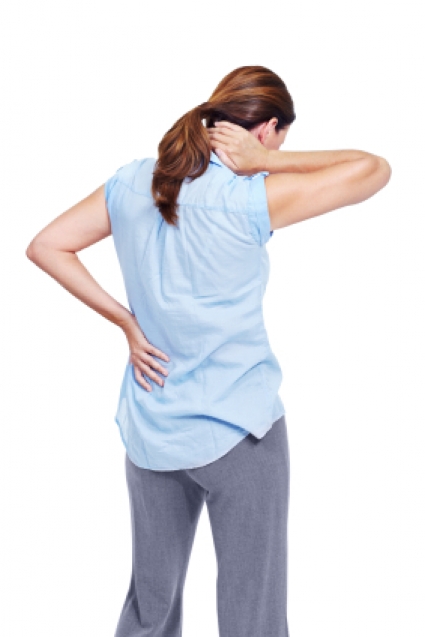Have you ever suffered from lower back pain?
Less than 10% of Americans never complain about lower back pain at some point in their lives – which means that more than 90% do! And it’s actually the second most common health problem after the ‘common cold’.
Most people associate lower back pain with joint, ligament, and muscle problems.
But did you know that low back pain is also a signal of low bone density?
Men should be concerned about their bone density and take proactive measures as soon as possible. Studies have shown a link between low bone density and lower back pain in men between the ages of 35 and 45. Further studies have found that athletes with low bone density are more likely to suffer from injury than those with good bones.
Low bone mass is actually a risk factor for osteoporosis. Most men don’t think they’re at risk for osteoporosis. However, the truth is that one in five men will experience a bone fracture after the age of fifty due to osteoporosis. Being proactive about your bone density can relieve some of your lower back pain. Moreover, it may prevent a serious bone injury from occurring in the future.
If the degree of bone loss declines to the point of fracture, the situation can quickly escalate. The relationship between low back pain and low bone density becomes more pronounced. In healthy adults, a compression fracture in the lower back is most likely the result of a trauma, fall, or other serious injury. For men and women with osteoporosis, even a strong cough or sneeze can lead to sudden and severe back pain. This can happen while doing something as simple as tying shoelaces. For both men and women, there are two things that can improve bone density: exercise and better nutrition.
Exercise can be very beneficial for people with lower back pain. It can help improve flexibility and enhance muscle strength. Exercise can also help build bone density (i.e. resistance exercises). “Plank exercises” are great to help bone density in the lower back, as well as back and core strength. Basically, take the position for a push-up and hold it in place to strengthen the back. Beginners can start with their knees on the ground until their strength improves. If you want to build upper body strength, then go ahead and do some push-ups.
Vitamin D deficiency is common in people with low back pain and in those with other areas of pain in their bones and joints. But vitamin D deficiency is typically an indicator of a deficiency in other bone-building nutrients too. All these nutrients require a specific formulation to enhance bone strength and resilience.
Silicon, for example, is a breakthrough nutrient that’s been the focus of much research in the last ten years. It improves the collagen structure of bone, skin, and nails. Silicon in bone also helps attract calcium to the bone, which improves bone density. Believe it or not, beer is a source of organic silicon, and beer-drinking women actually have higher bone density! Obviously, beer is not the best source of this nutrient. Whole grains, oatmeal and green beans are, as well as adding Silical™ System to bring you to the daily recommended amount for better bone health. Vitamin K2 is also important for bone toughness because it helps bind the calcium to the bone proteins.
If your back pain is to the point where your doctor has recommended surgery, you should probably increase your intake of vitamin D and other vitamins that assist in the process of bone healing and repair.
Getting enough of these essential nutrients from diet alone can be challenging, especially after surgery. Therefore, adding a nutritional supplement is vital. Silical™ Boost is the only product that has been specifically formulated to help support bone health after orthopedic surgery or bone fractures.
If you’re experiencing lower back pain, it may be a bone problem and not just a joint or muscle problem. Make sure to take care of your bone health and density by maintaining an exercise, diet, and bone health supplement program.



